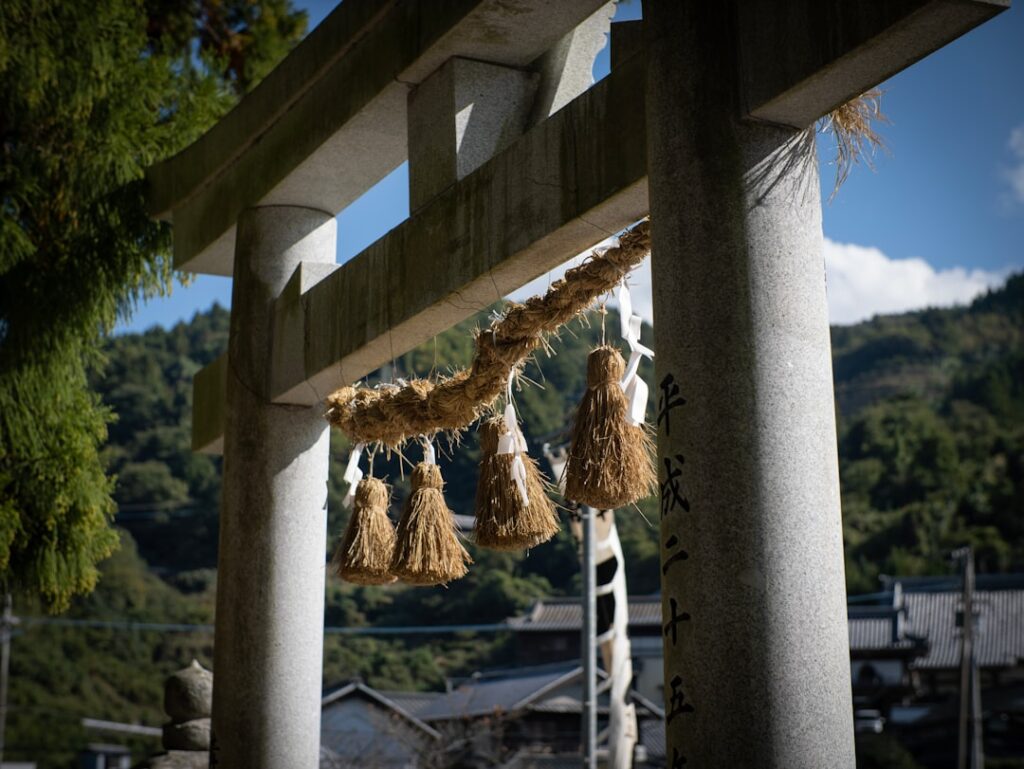Hidden in the lush landscapes of rural Shikoku, a treasure trove of traditional craft villages awaits the curious traveler. Unlike the well-trod paths of Kyoto or Tokyo, these artisan communities offer immersive encounters with time-honored skills, generations-old stories, and the soulful beauty of Japan’s countryside. This journey will take you beyond souvenir shops to meet master artisans, try your hand at centuries-old techniques, and savor the true essence of “deep Japan.” If you’re ready to discover a side of Japan that few outsiders see, read on for an insider’s guide to Shikoku’s secret craft villages.
What Are Shikoku’s Hidden Craft Villages? The Allure of Local Experiences
Shikoku’s secluded craft villages are living museums, steeped in history and guarded by generations of local artisans. Shielded by mountains and lush river valleys, these hamlets have preserved unique handicrafts—whether delicate washi papermaking, intricate straw weaving, or indigo dyeing—that are vanishing elsewhere in Japan. The appeal isn’t just the crafts themselves but the immersive connection: visitors can witness the rhythm of village life, join in community rituals, and participate in hands-on workshops alongside masters of their trades.
What sets these villages apart is their authenticity. This is not a performance staged for tourists, but the living heritage of communities proud of their identity. Each visit not only deepens your understanding of Japanese culture, but fosters genuine exchanges with the artisans and families who keep these traditions alive.
A Deep Dive into Uchiko: Japanese Candles and Preserved Streets
No journey into Shikoku’s artisanal heartland is complete without a visit to Uchiko, a town straight from a bygone era. Famous for its lovingly preserved streets lined with Edo-period houses, Uchiko’s crown jewel is its traditional candle workshops. Here, generations have perfected the craft of making washi-based wa-rousoku (Japanese candles), characterized by their serene flames and beautiful hand-painted designs.
The Uchiko Candle Workshop, operated by descendants of candle-makers for over a century, invites visitors to watch—and even assist in—the meticulous process from raw wax to finished candle. Strolling the historic district, you’ll encounter quaint merchant houses, sake breweries, and the striking Uchiko-za kabuki theater, each whispering stories of merchant prosperity and artisanal pride.
Don’t miss the chance to sample local snacks and purchase one-of-a-kind crafts found only in Uchiko, making this destination a haven for slow travelers and culture seekers alike.
Iya Valley’s Straw Crafts and Hidden Artisans: Living in Harmony with Nature
Deep in Tokushima Prefecture, the rugged Iya Valley offers a glimpse of ancient Japan that has all but disappeared elsewhere. Here, isolated hamlets cling to misty mountainsides, famed for their vine bridges, terraced potato fields, and an enduring tradition of straw craft—wara zaiku. Local artisans transform rice straw, harvested from the very terraces surrounding their villages, into intricate household items and decorations.
Meet the masters in hearth-warmed farmhouses, where you can learn about the history of these crafts and the harsh, beautiful environment that required villagers to become self-reliant and resourceful. The preservation of these techniques is a testament to both ingenuity and a deep spiritual connection to the land.
Iya Valley also boasts hidden guesthouses and rustic villages where the rhythm of life is dictated by seasons, festivals, and the patient creation of handcrafted goods. An encounter with Iya’s artisans is more than a shopping trip—it’s a journey into Japan’s living folklore.
Hands-On Encounters: Pottery, Indigo Dyeing, and Bamboo Craftwork
One of the most rewarding aspects of visiting Shikoku’s artisan villages is the opportunity for hands-on experience. Across the island, you’ll find workshops welcoming curious travelers to try pottery wheel throwing, create indigo-dyed scarves using age-old ai-zome techniques, or shape your own bamboo tea scoop under the guidance of local masters.
These immersive activities are not just creative escapes—they are meaningful exchanges. Artisans generously share stories, invite you to experience the process from raw materials to finished product, and explain how these skills reflect their community’s spirit. Some studios even allow you to take your creations home, a personal memento of your journey into deep Japan.
Check ahead for schedules and availability; some workshops require bookings, especially during peak seasons or local festivals, when demand for participation—and the festive atmosphere—are at their highest.
When to Visit, How to Get There, and Where to Stay & Dine: The Essentials
Shikoku’s craft villages are beautiful year-round, but autumn (late October–November) and spring (April–May) offer vibrant foliage, mild weather, and lively festival seasons. Trains and local buses connect most artisan areas—take the JR Yosan Line for Uchiko, or buses from Tokushima for the Iya Valley, though renting a car offers the greatest flexibility to reach hidden hamlets.
Traditional minshuku (guesthouses) and restored farm inns are plentiful and often run by local families, providing homemade meals featuring regional ingredients and heartfelt hospitality. Highlights include mountain vegetables, river fish, and handmade noodles, all flavored by the land’s shifting seasons.
Shikoku may be off the beaten tourist track, but it rewards the adventurous: with every bend in the road, a story. And for those who make the journey, the warm welcome, hands-on discoveries, and enduring spirit of these artisan villages make for an unforgettable, authentic Japan experience.







